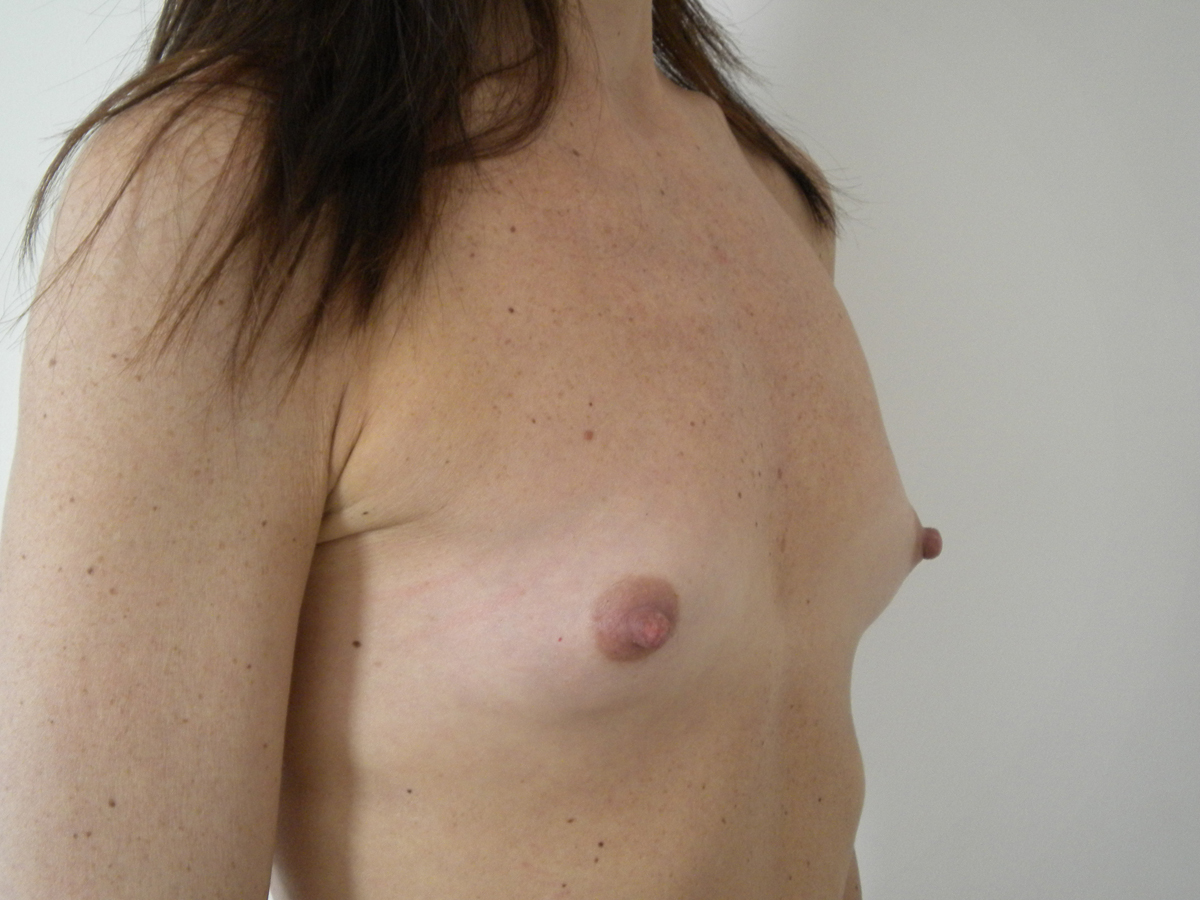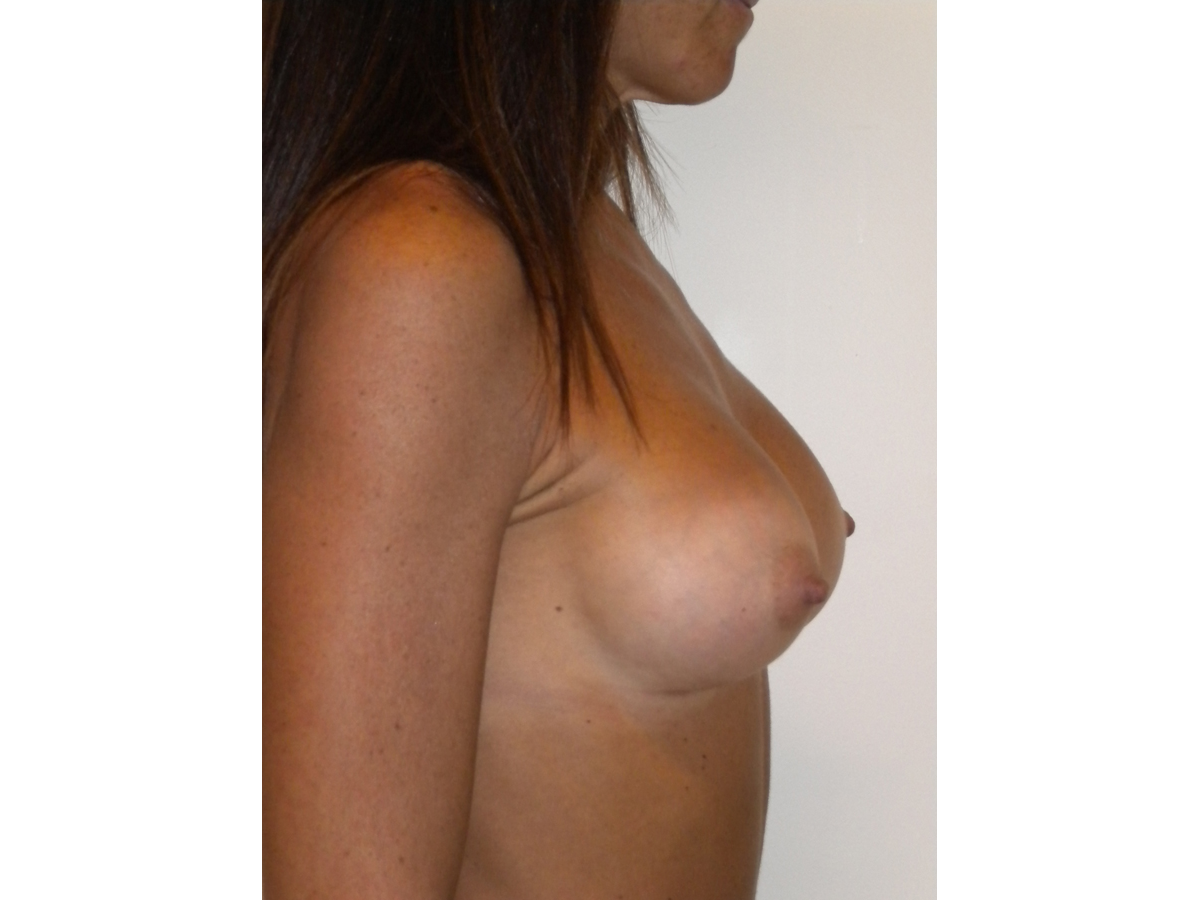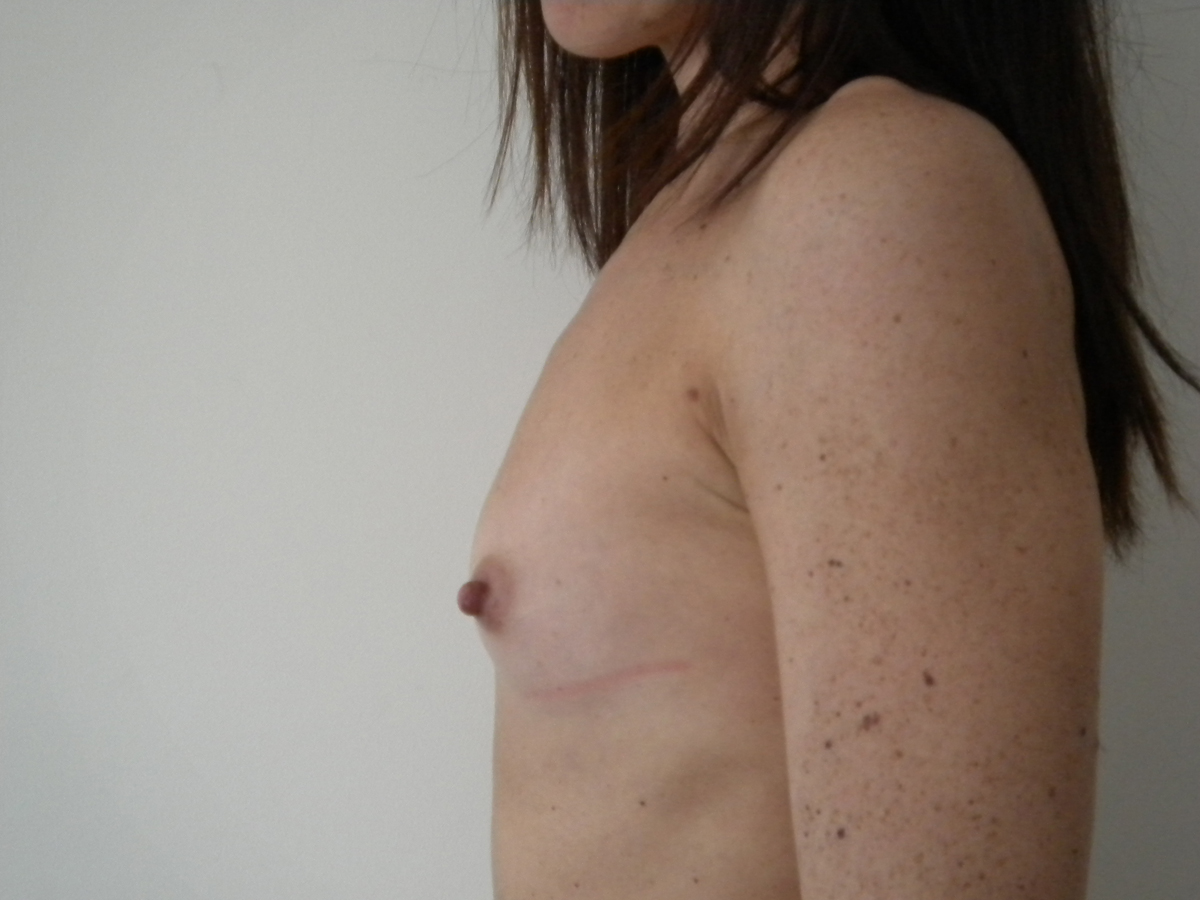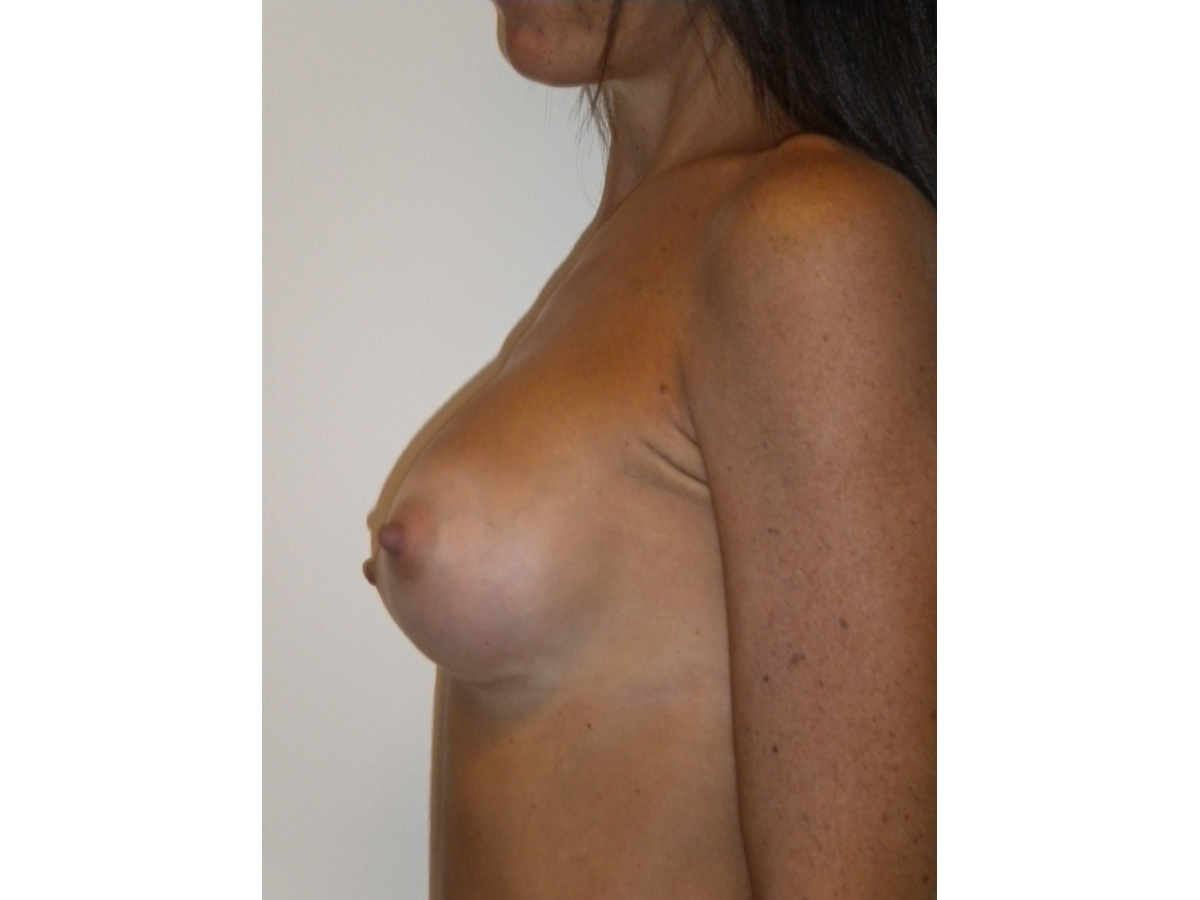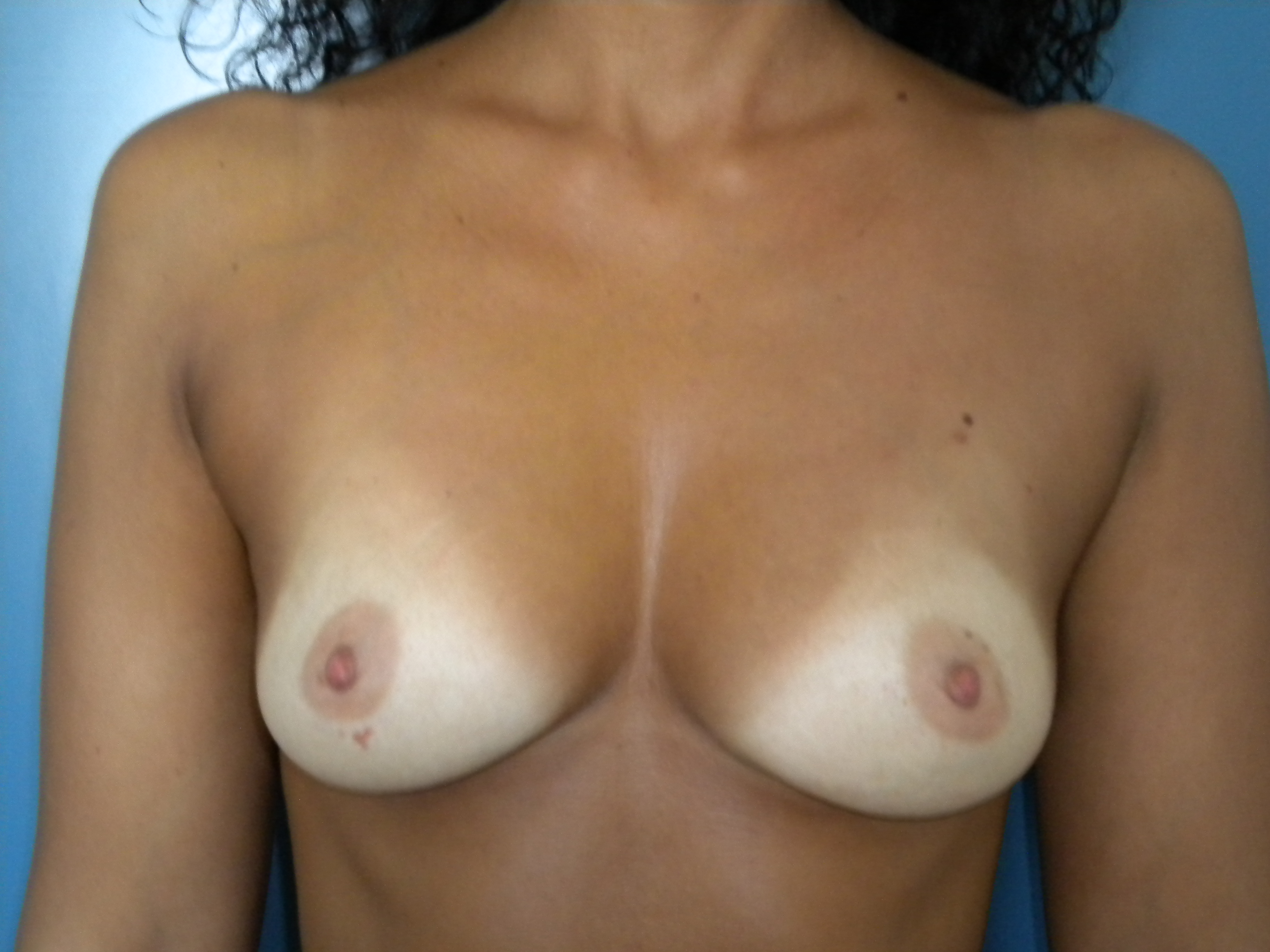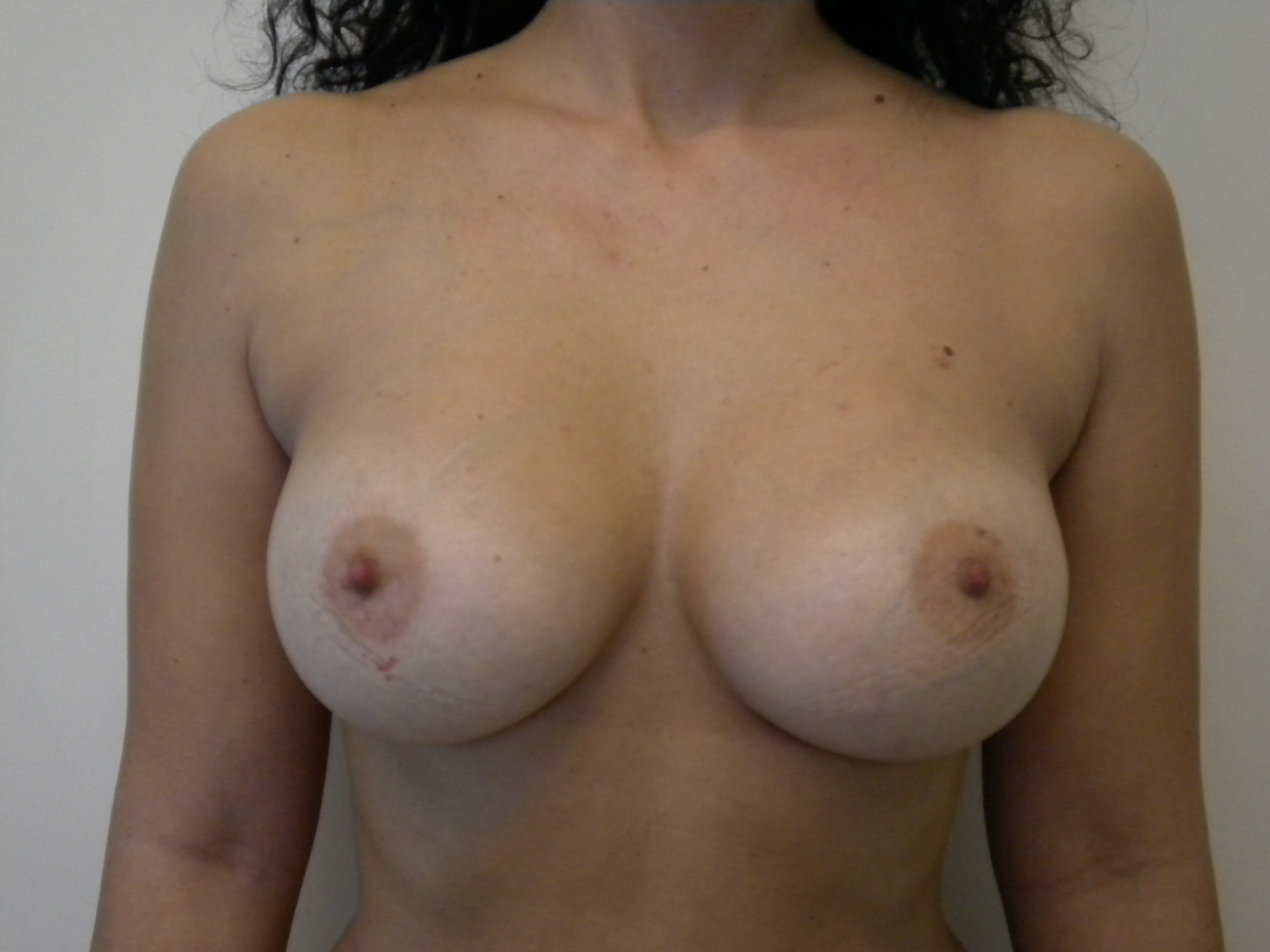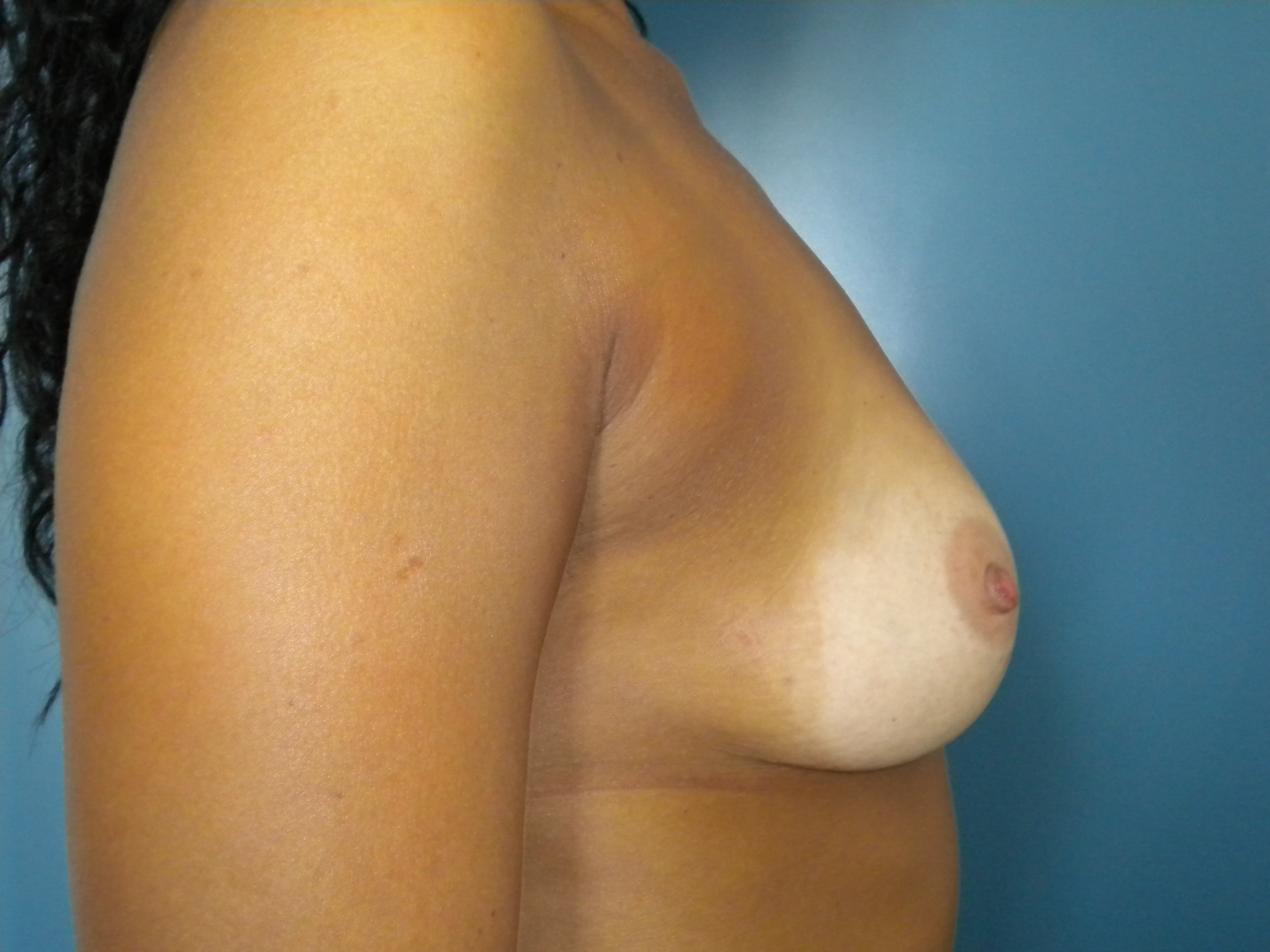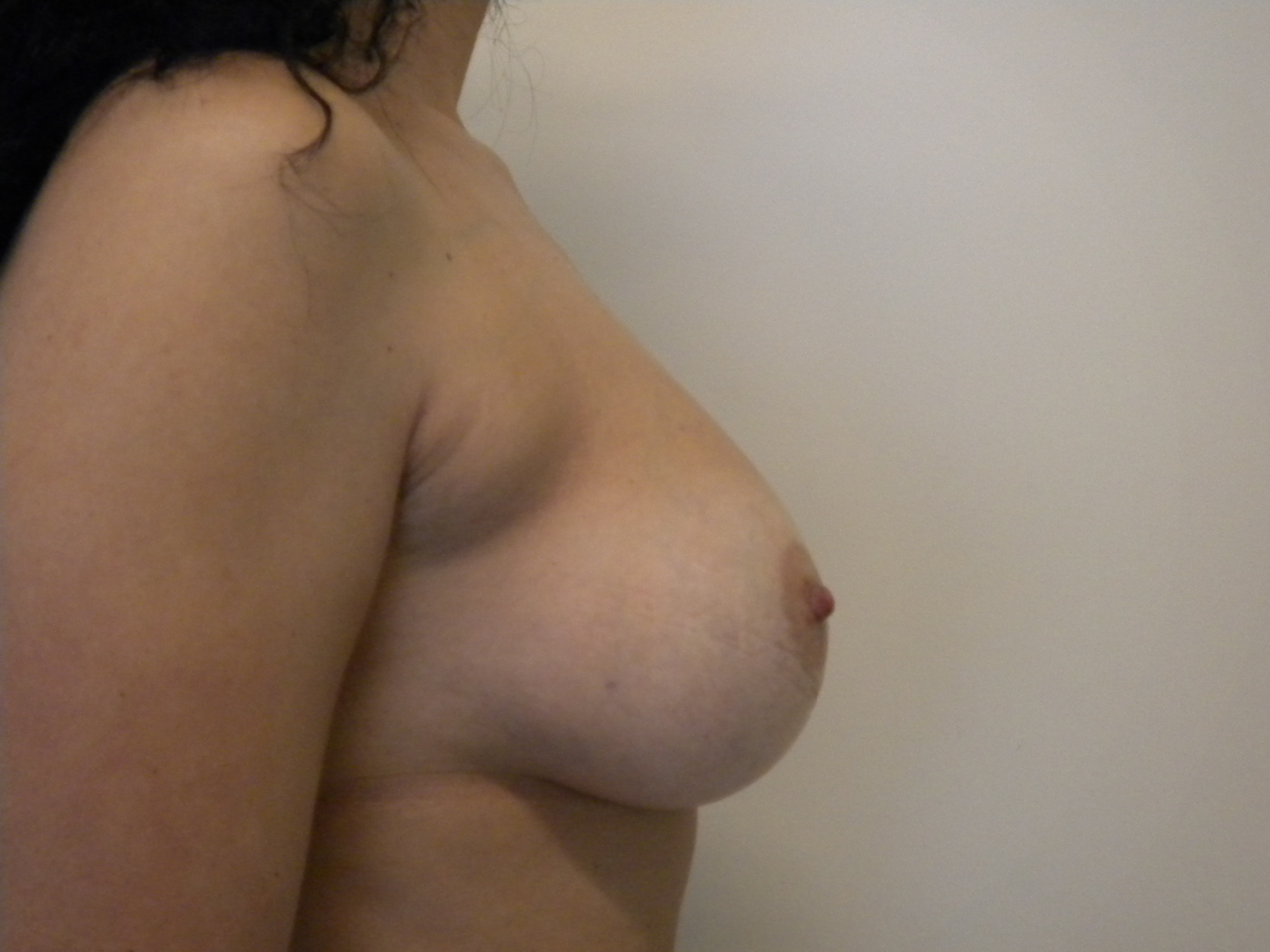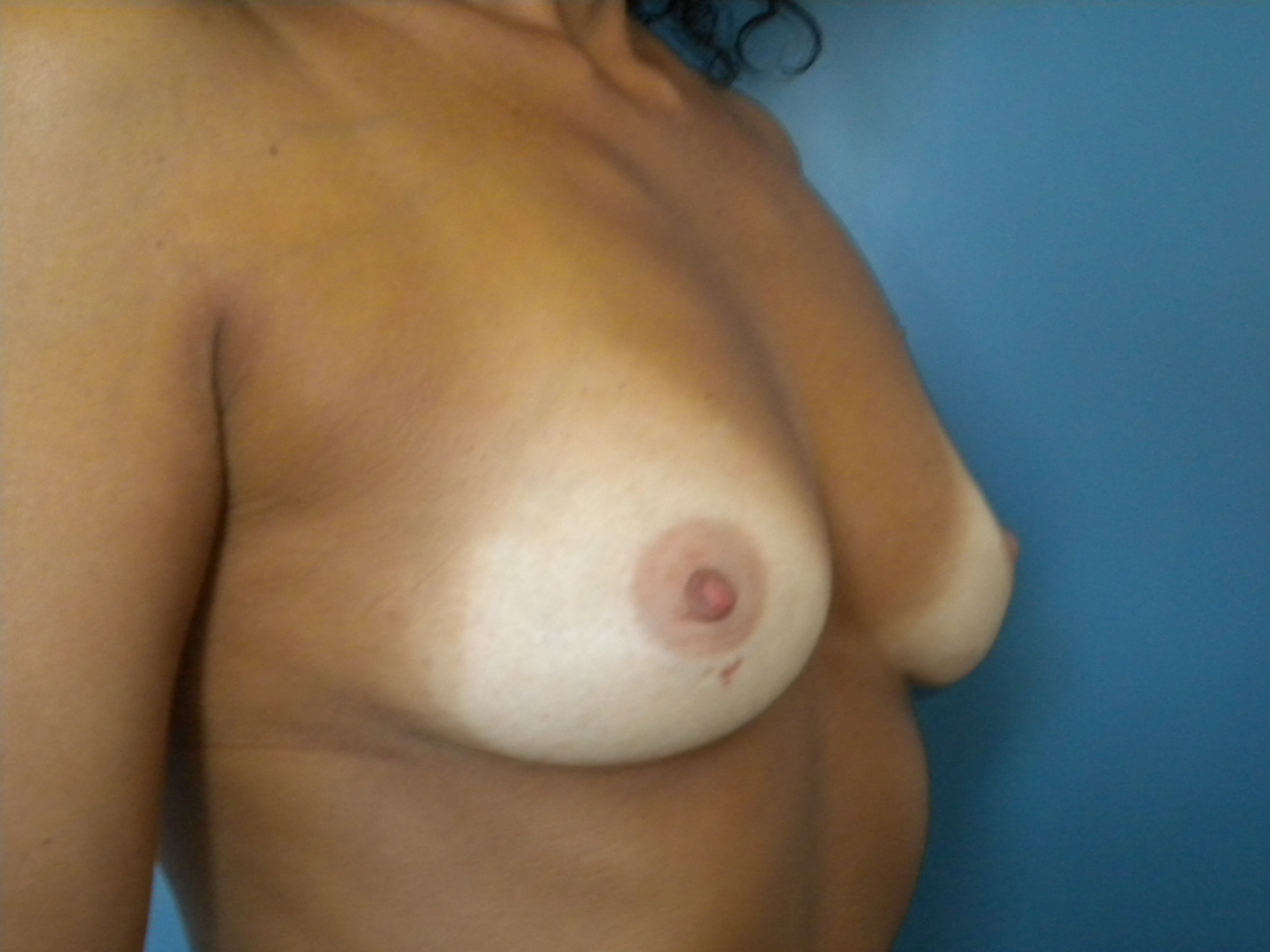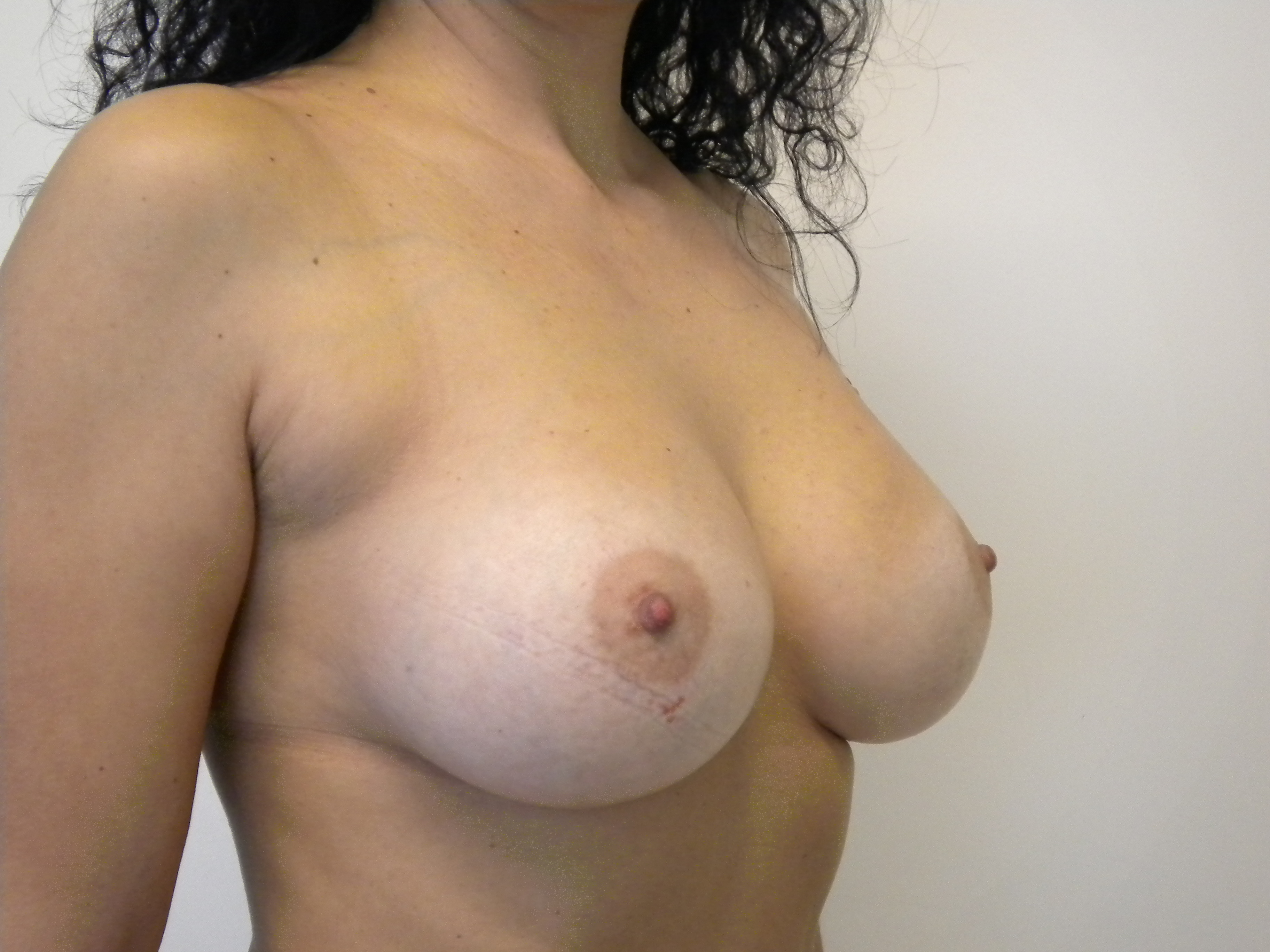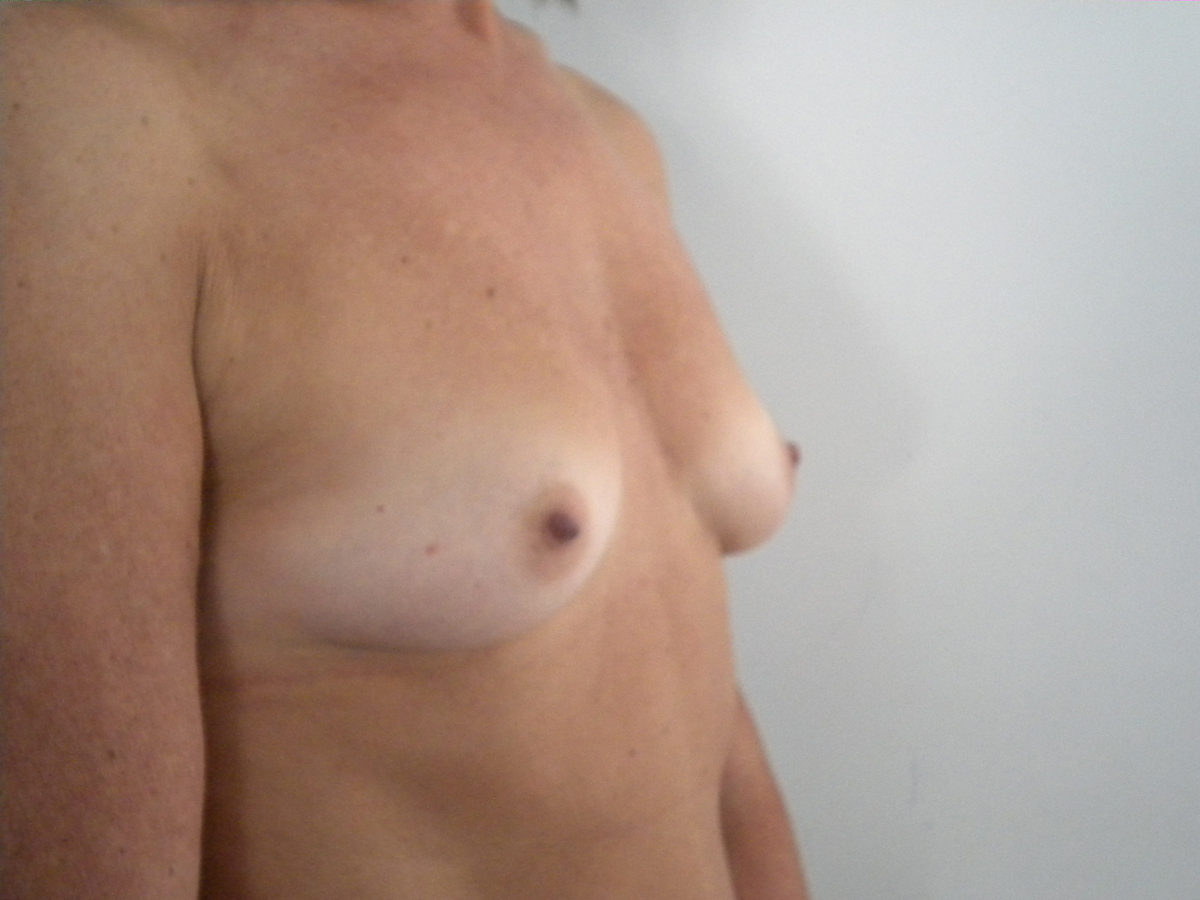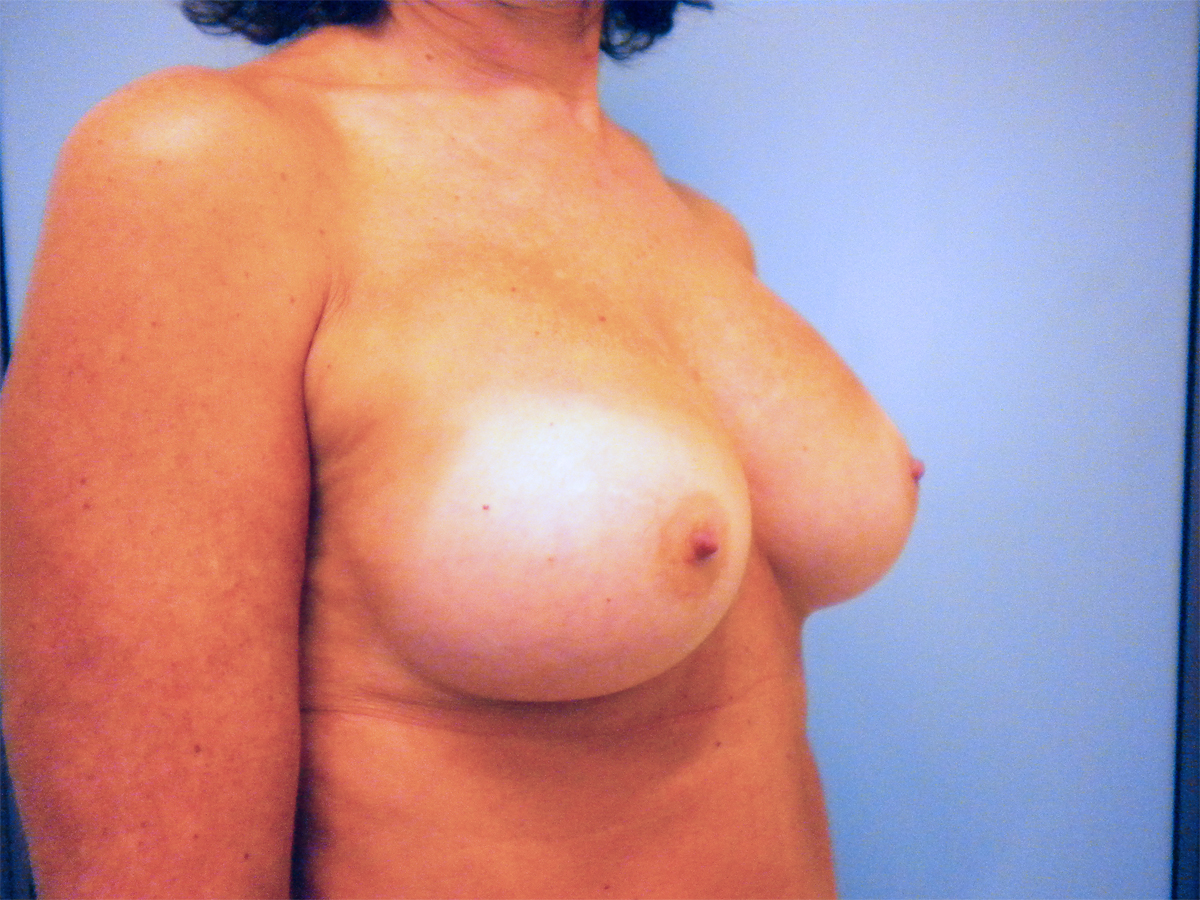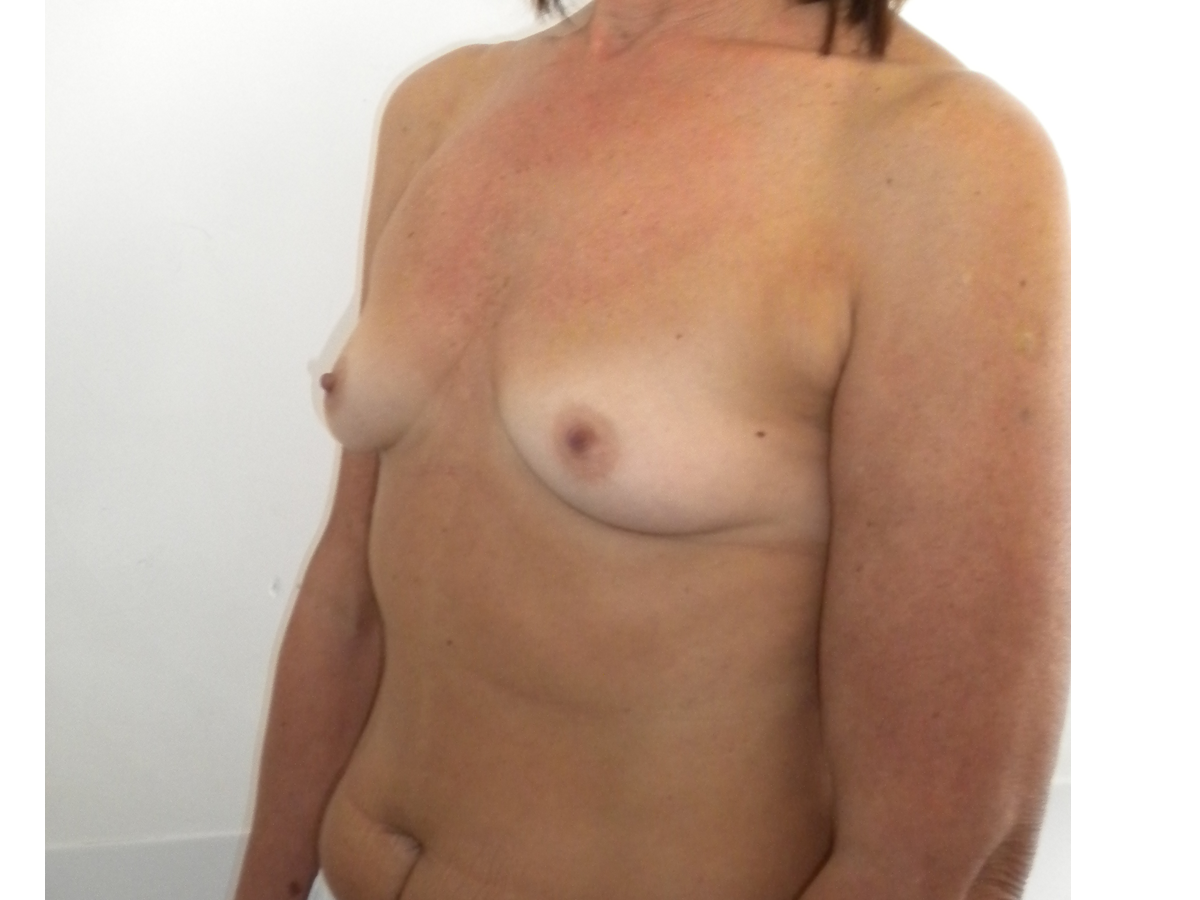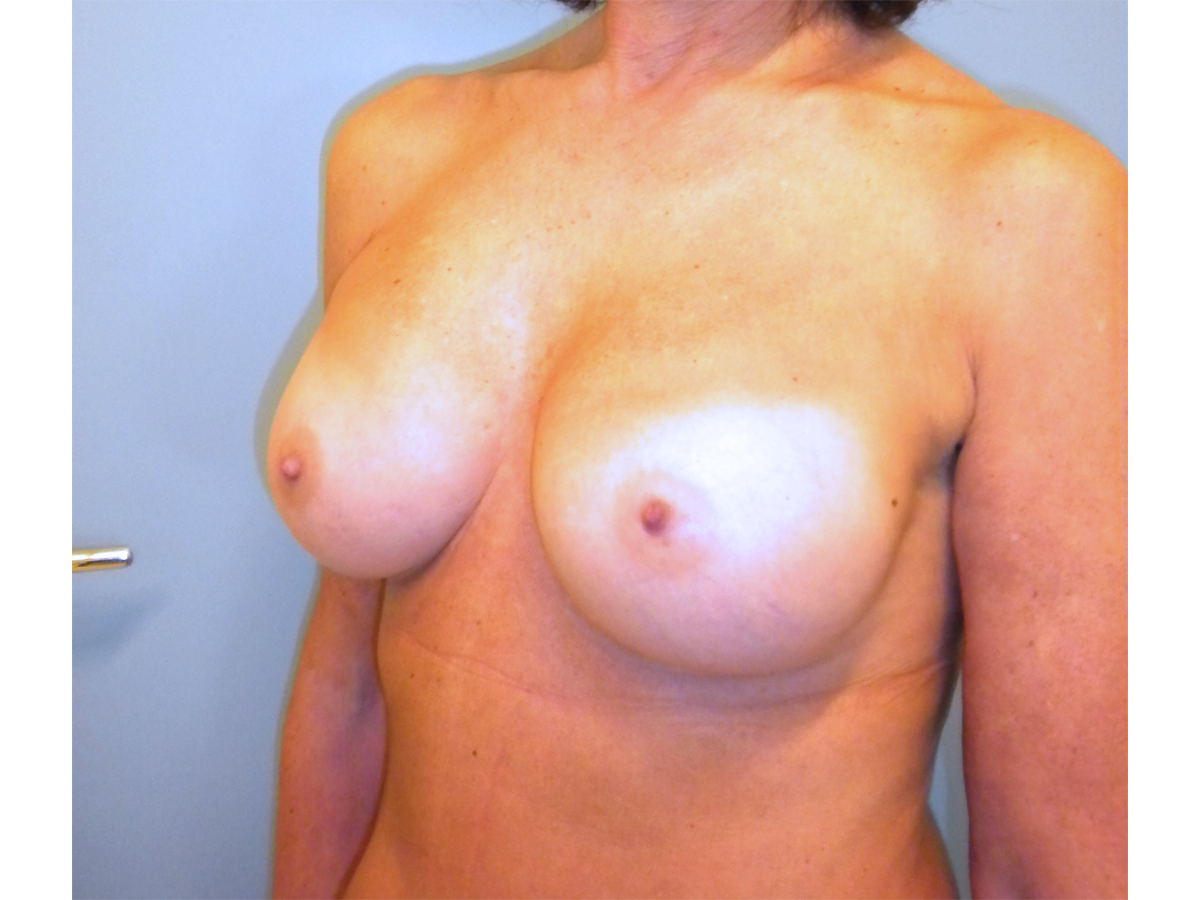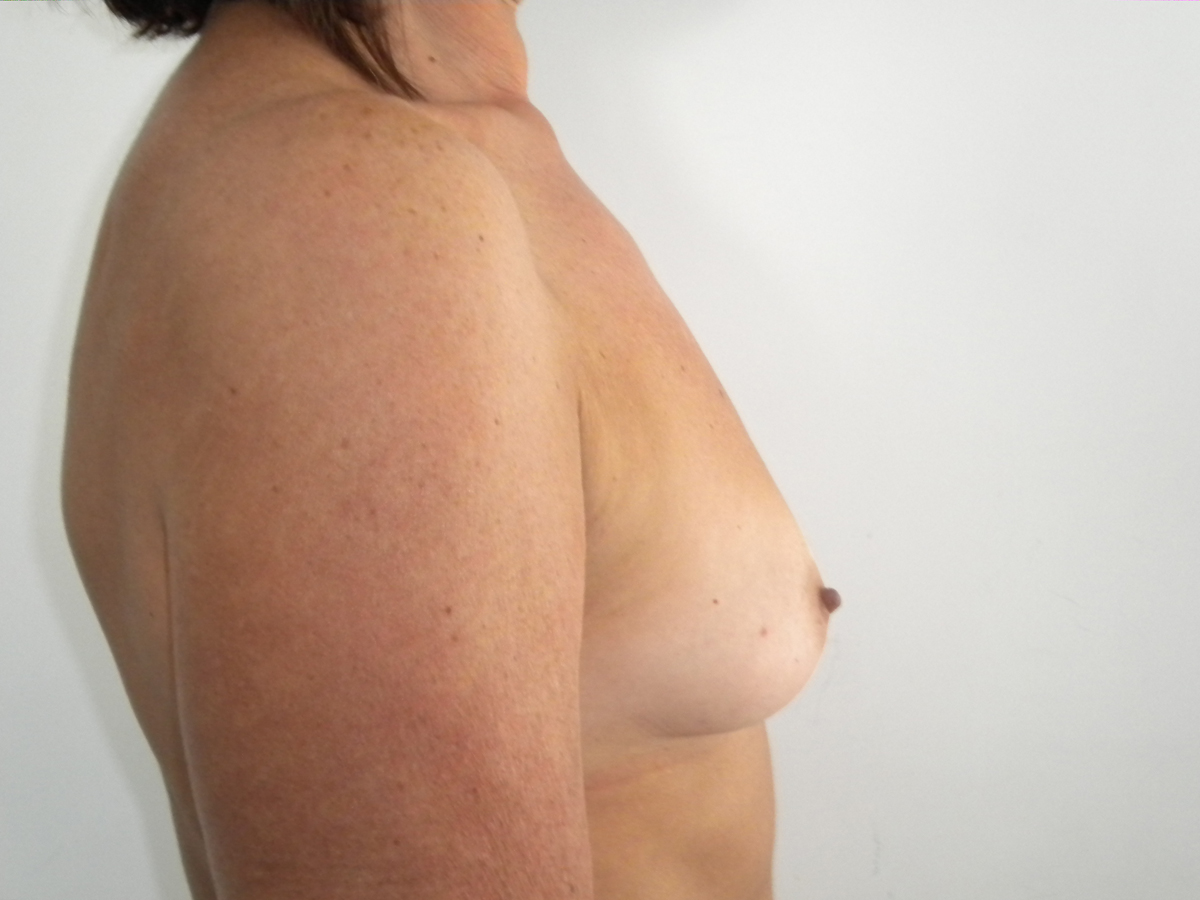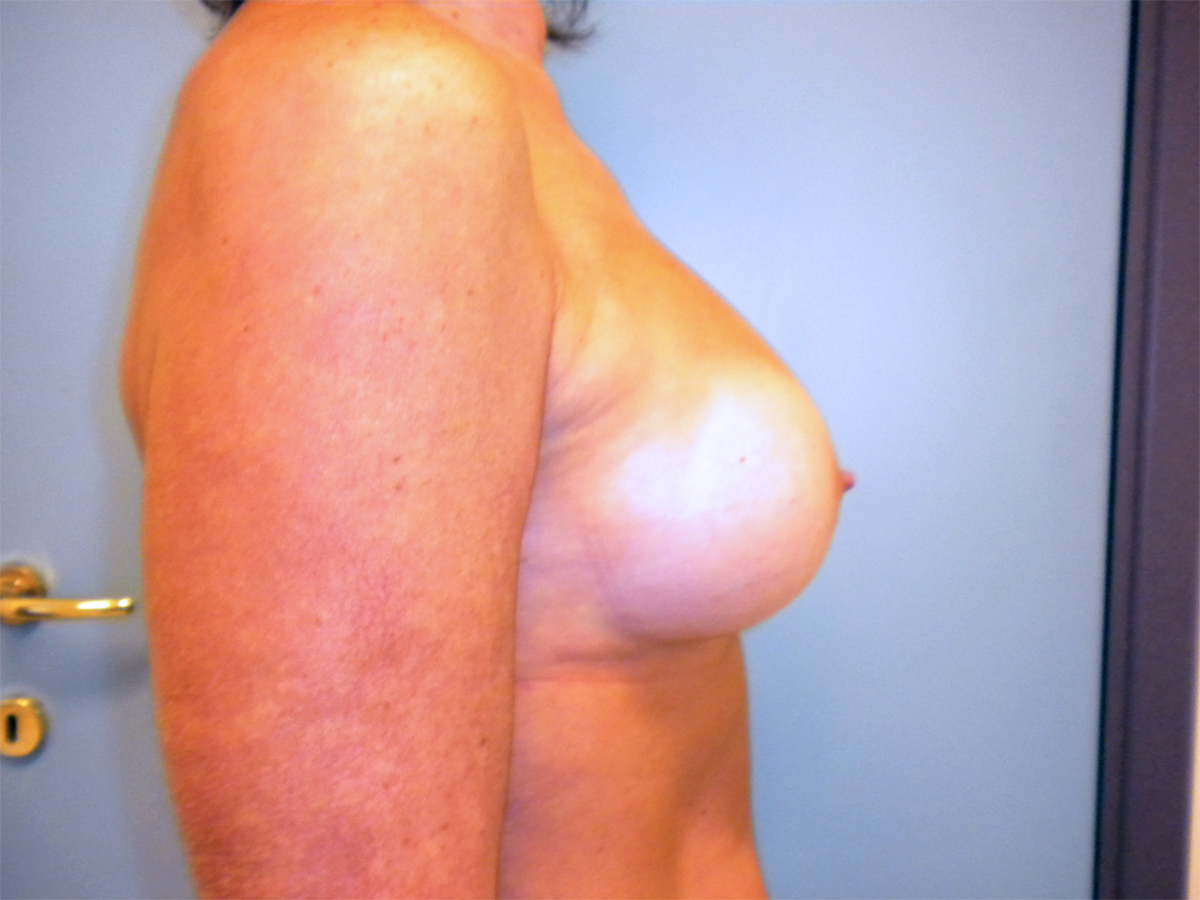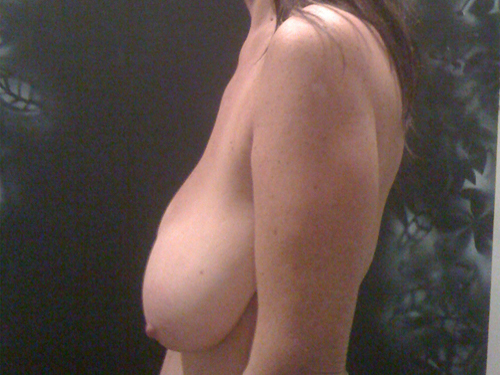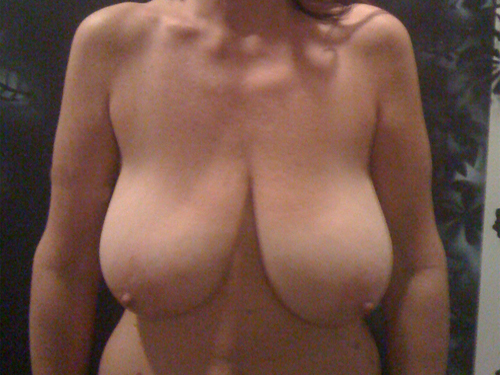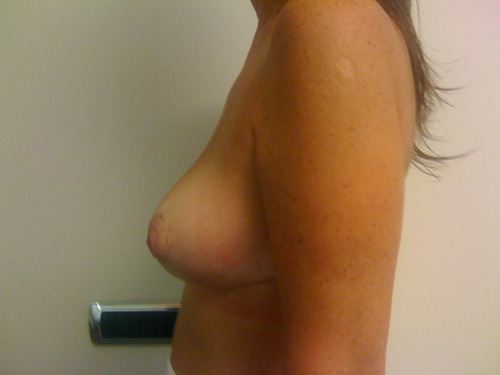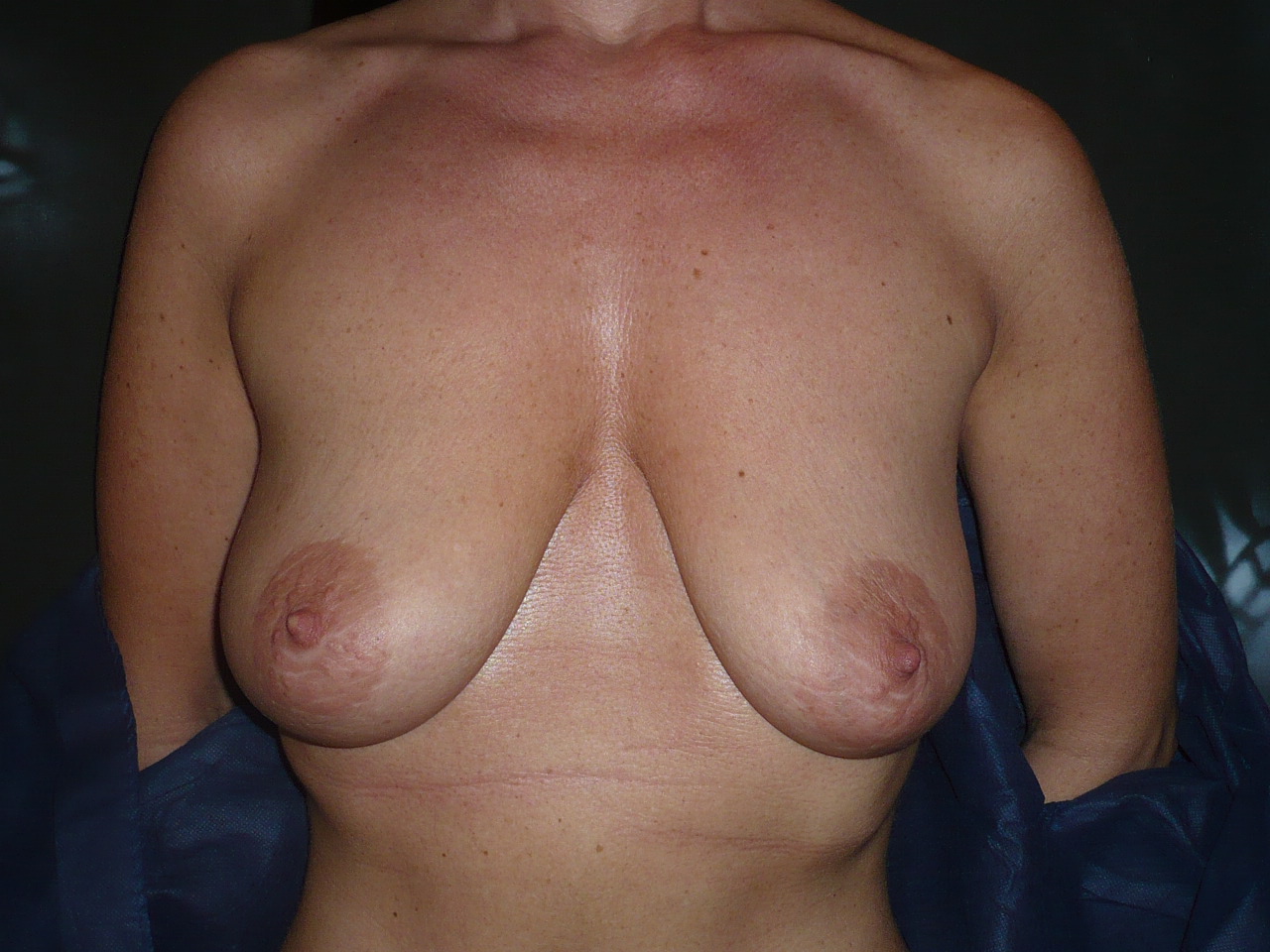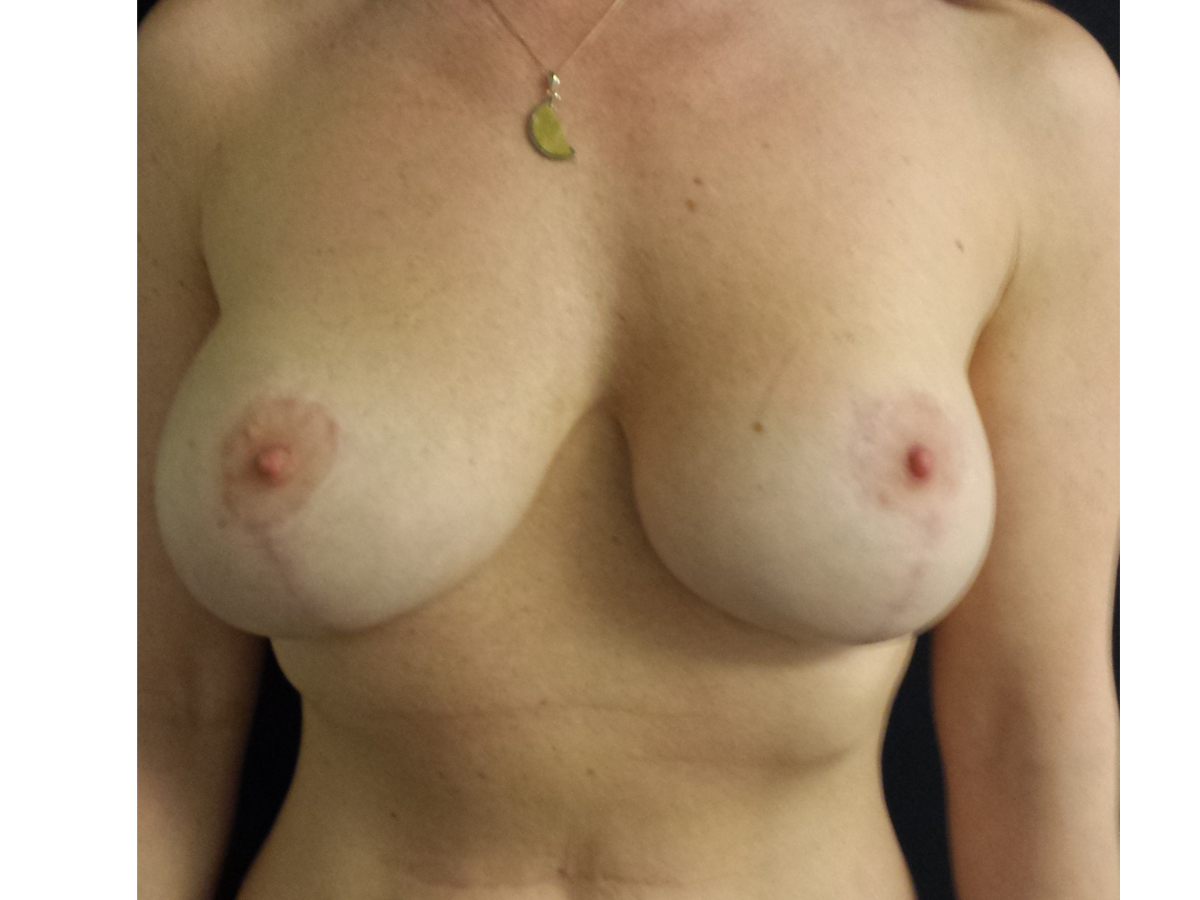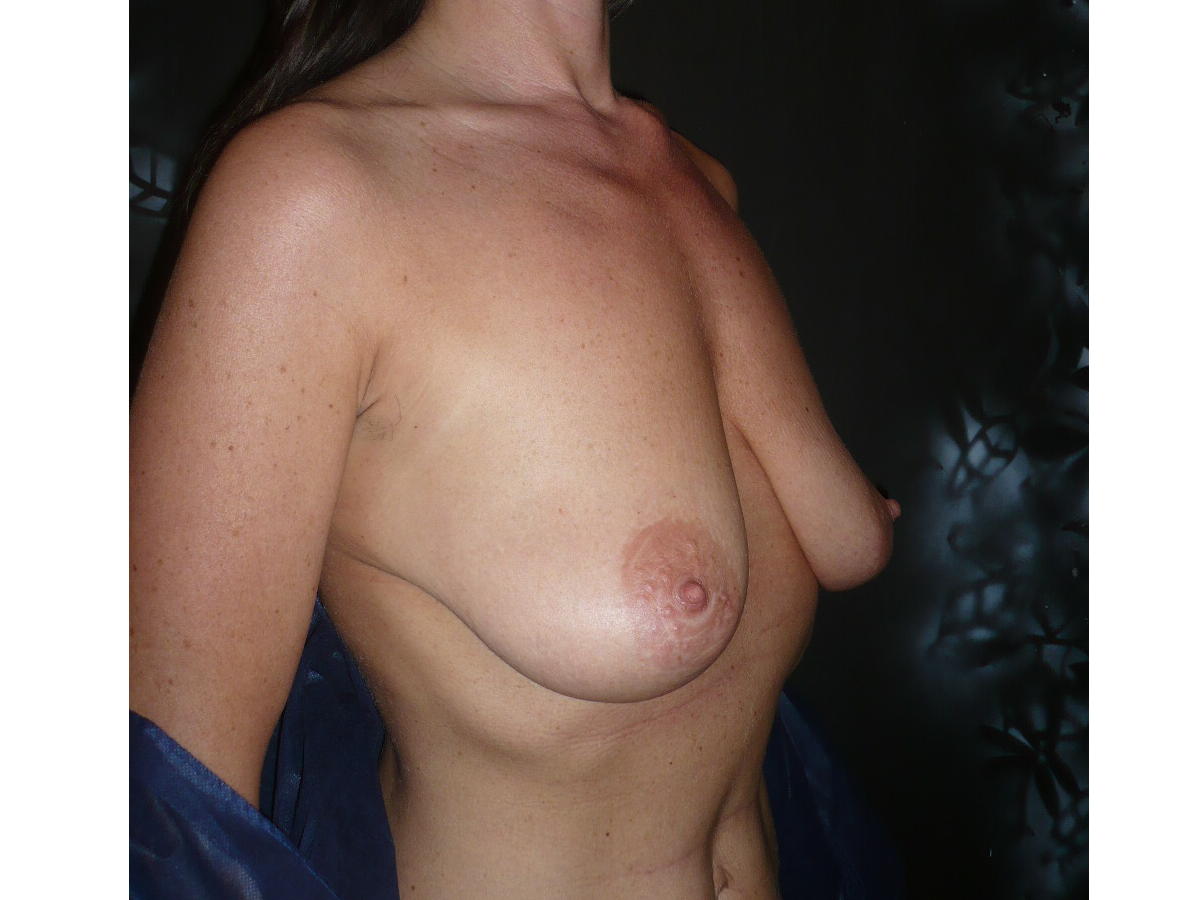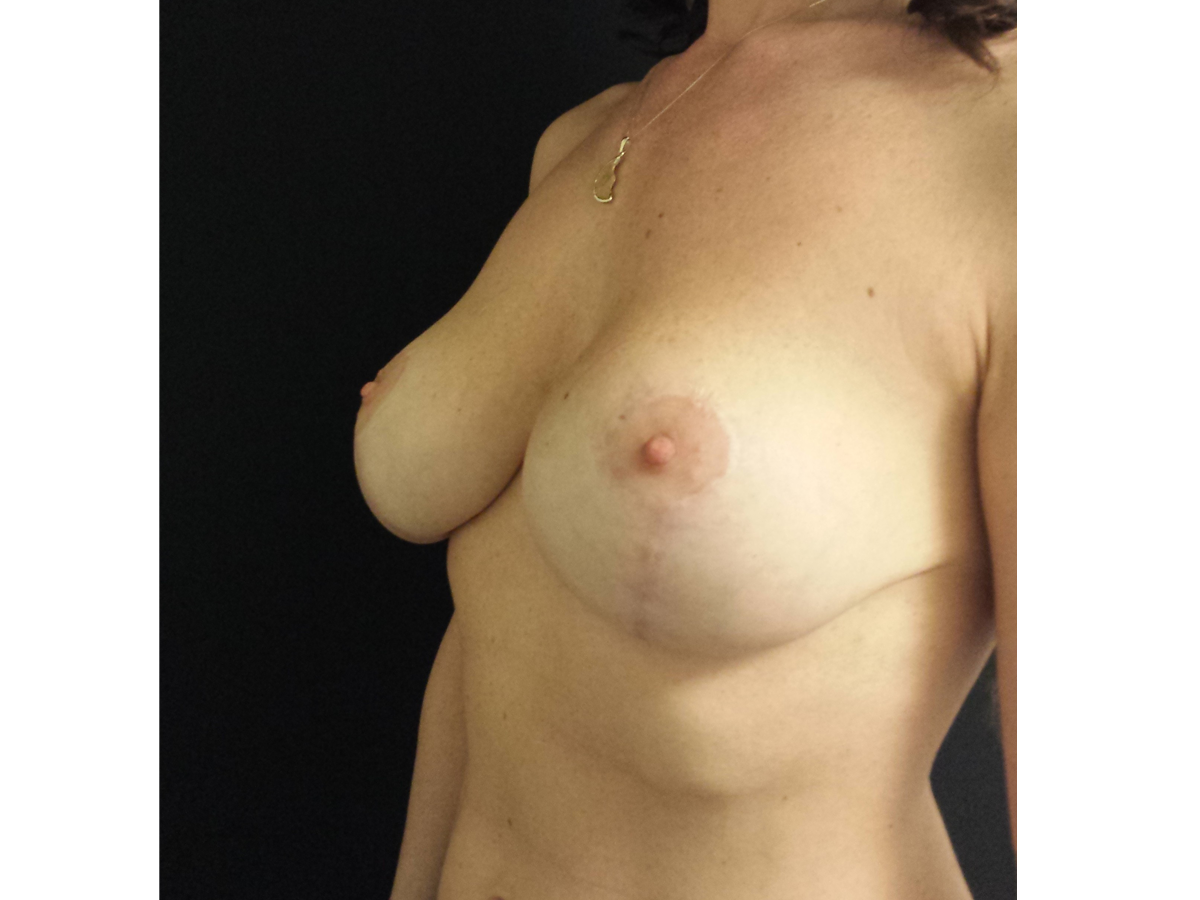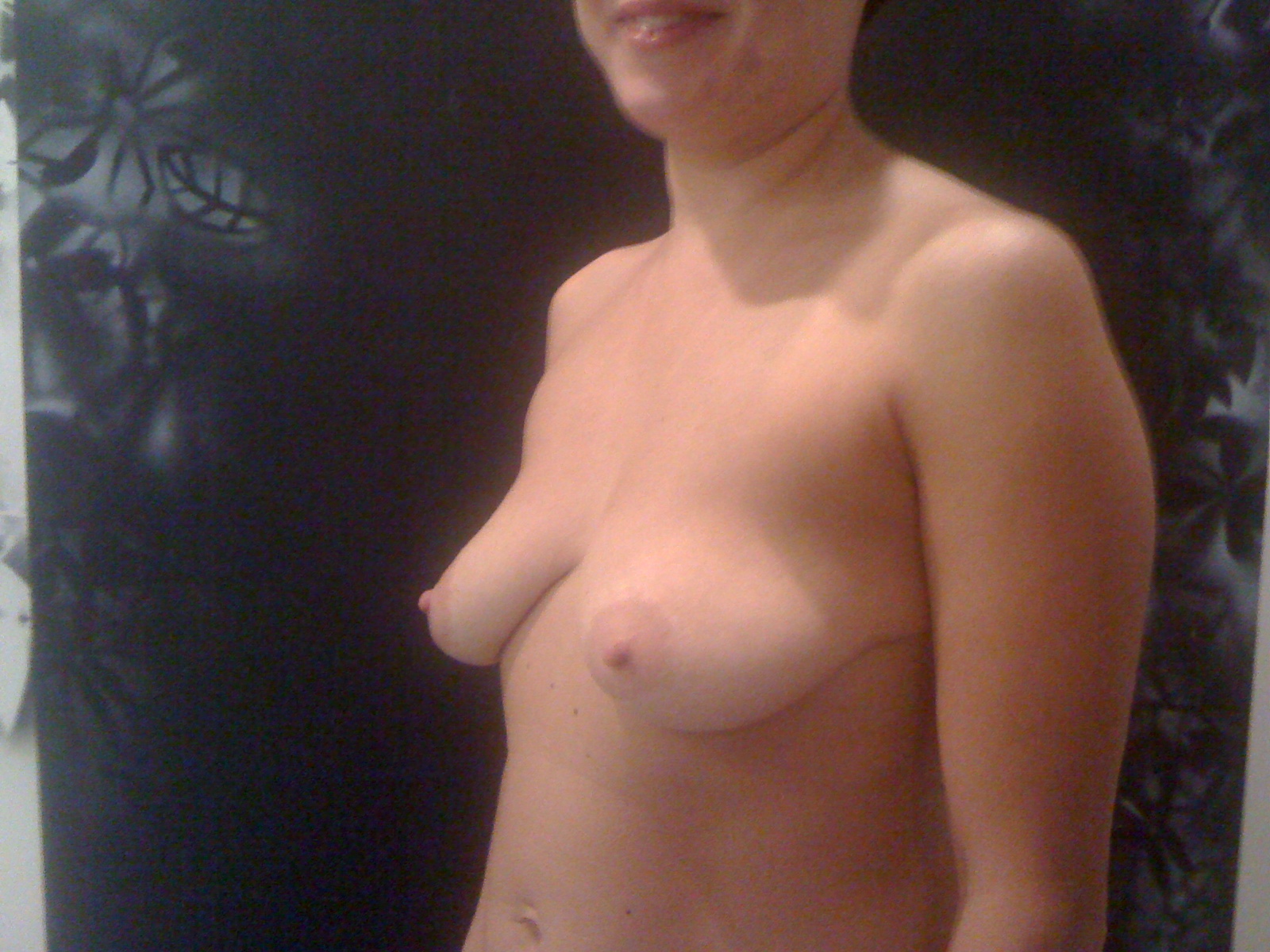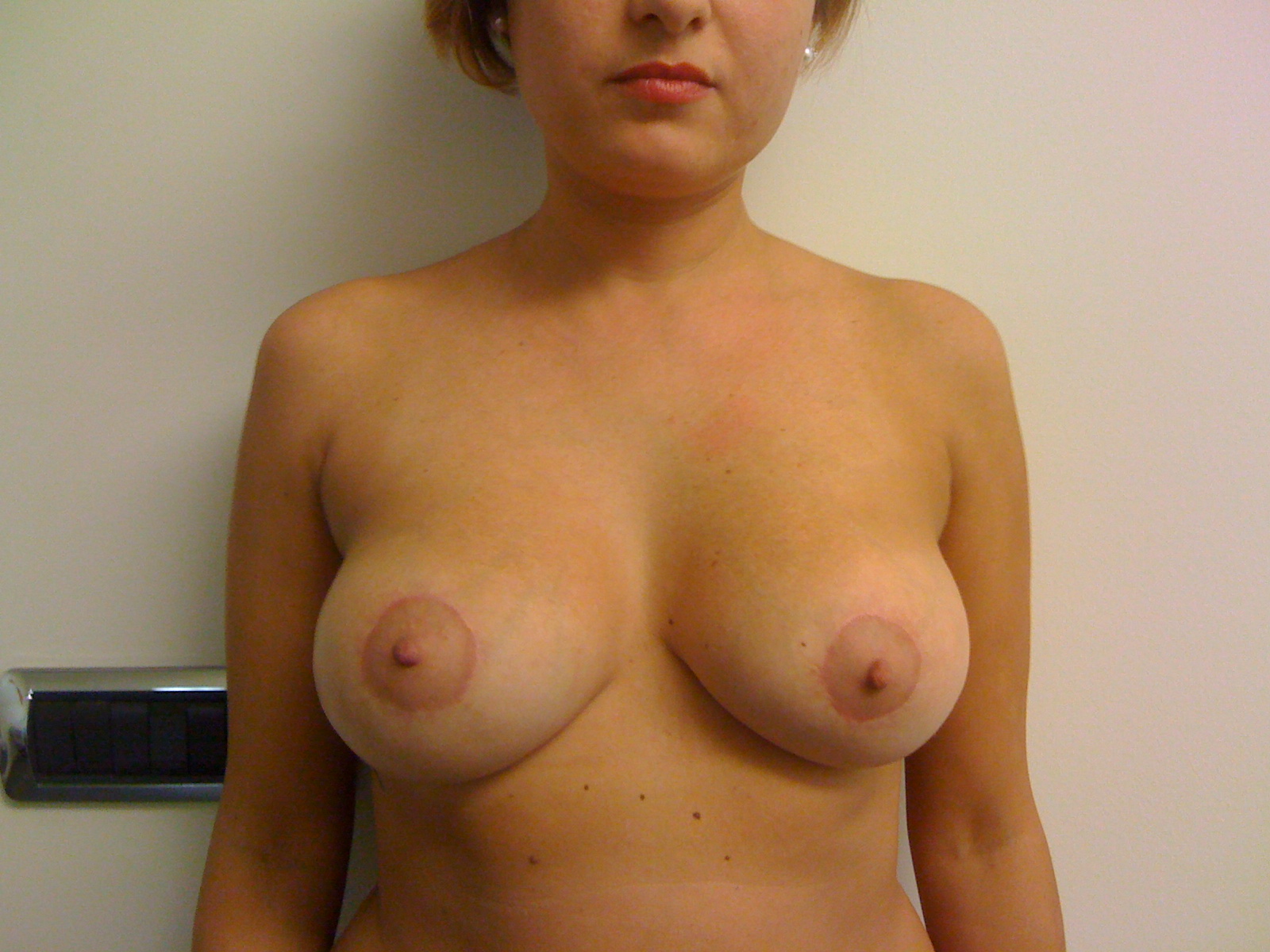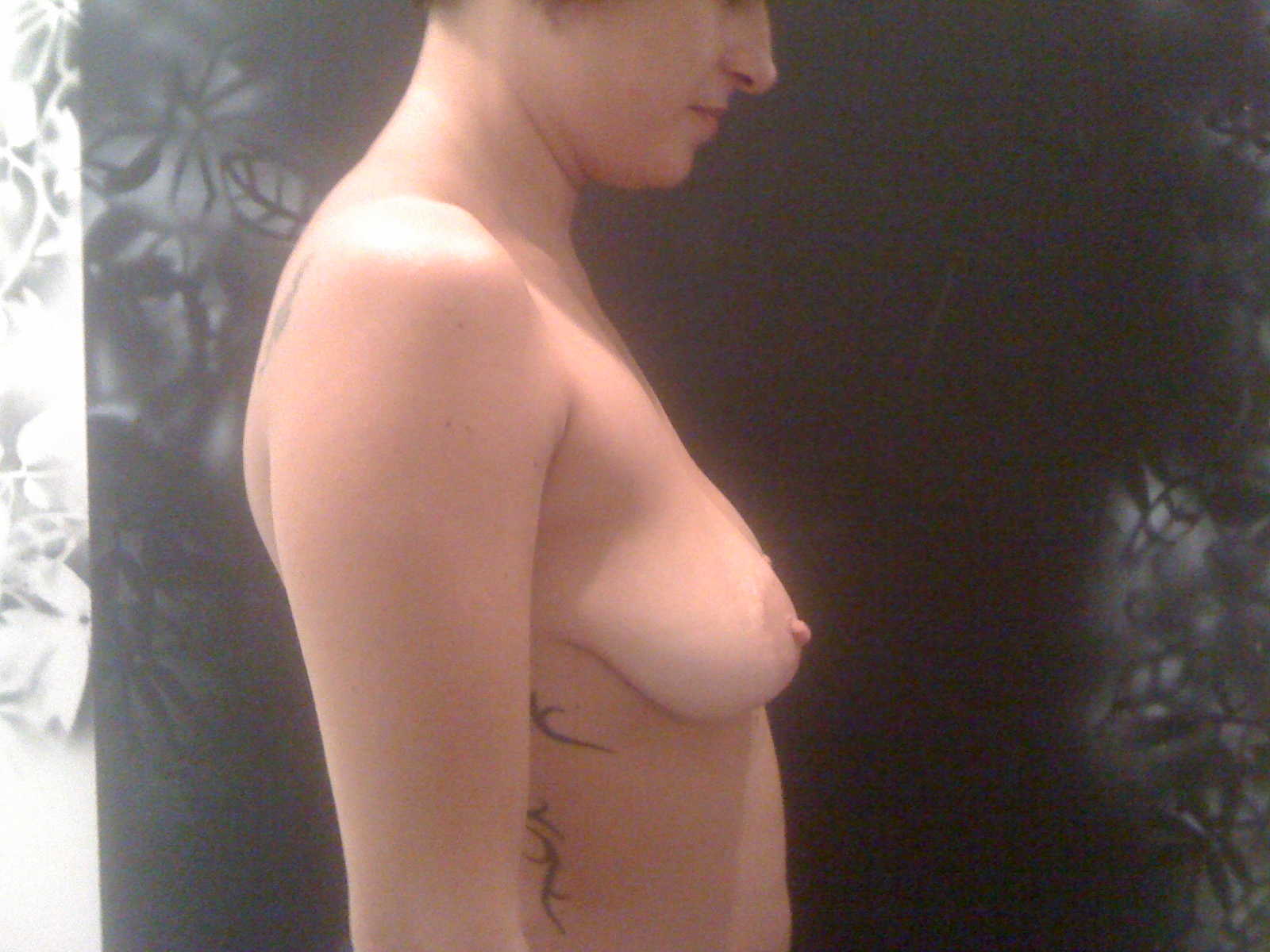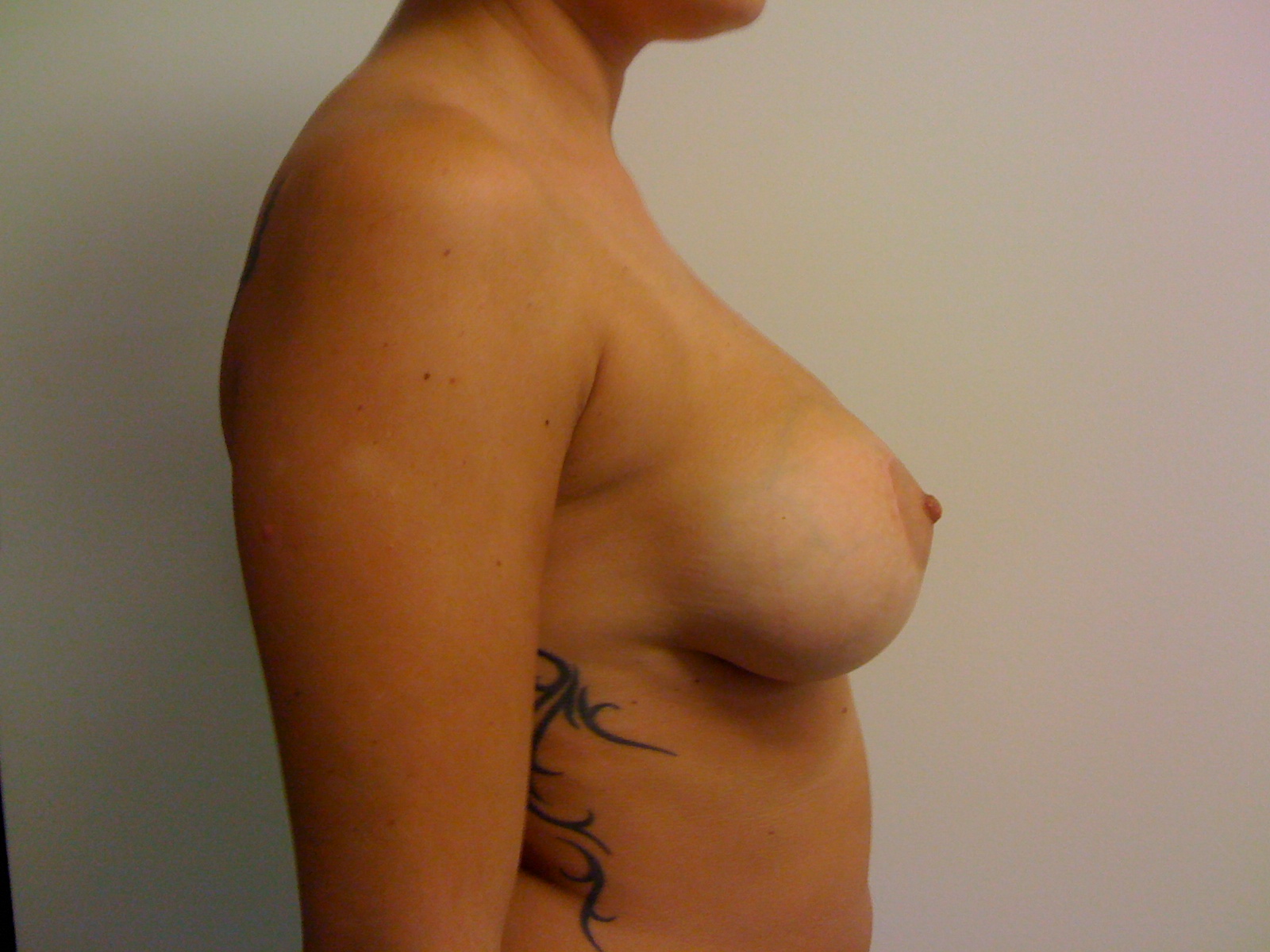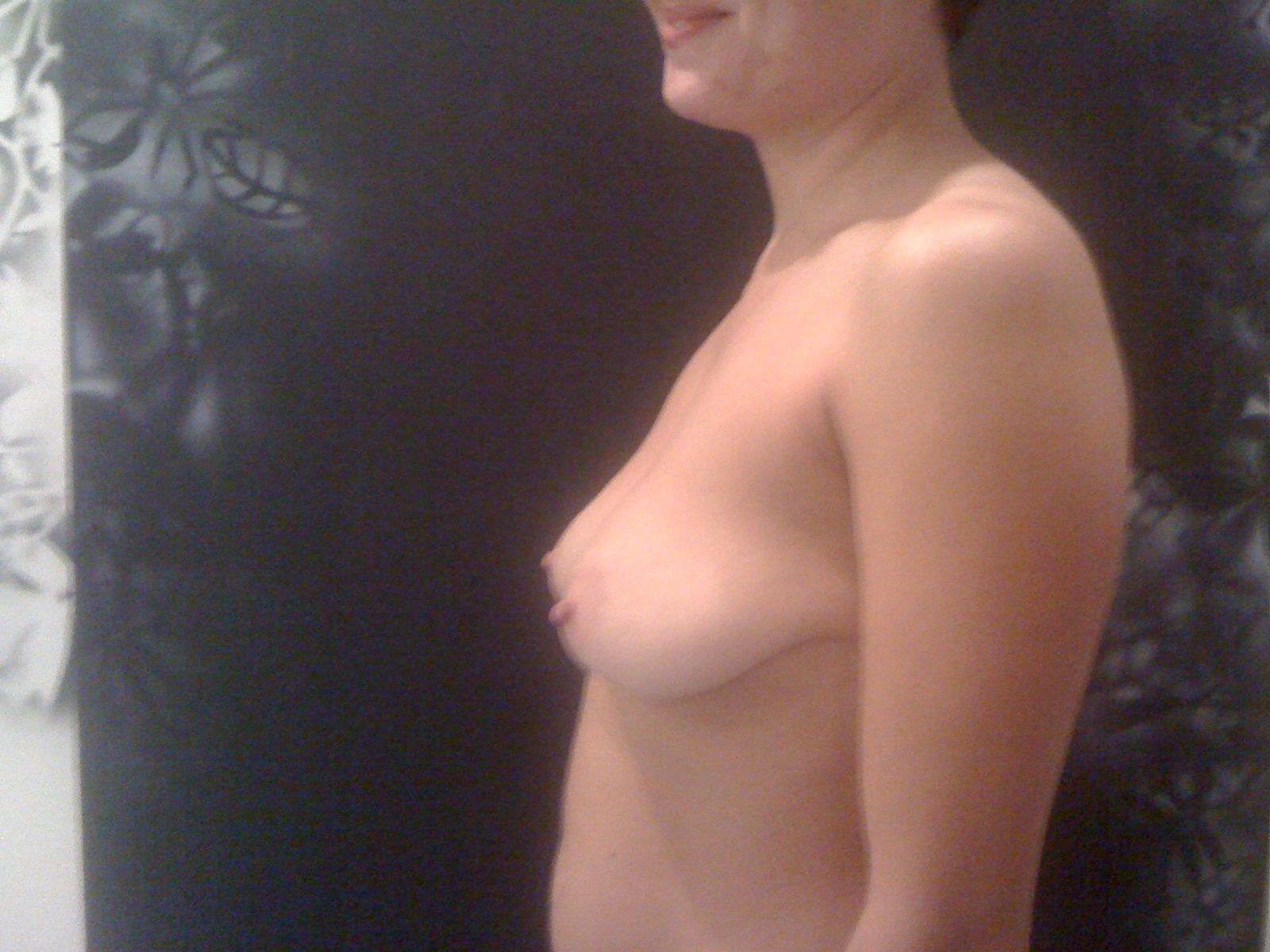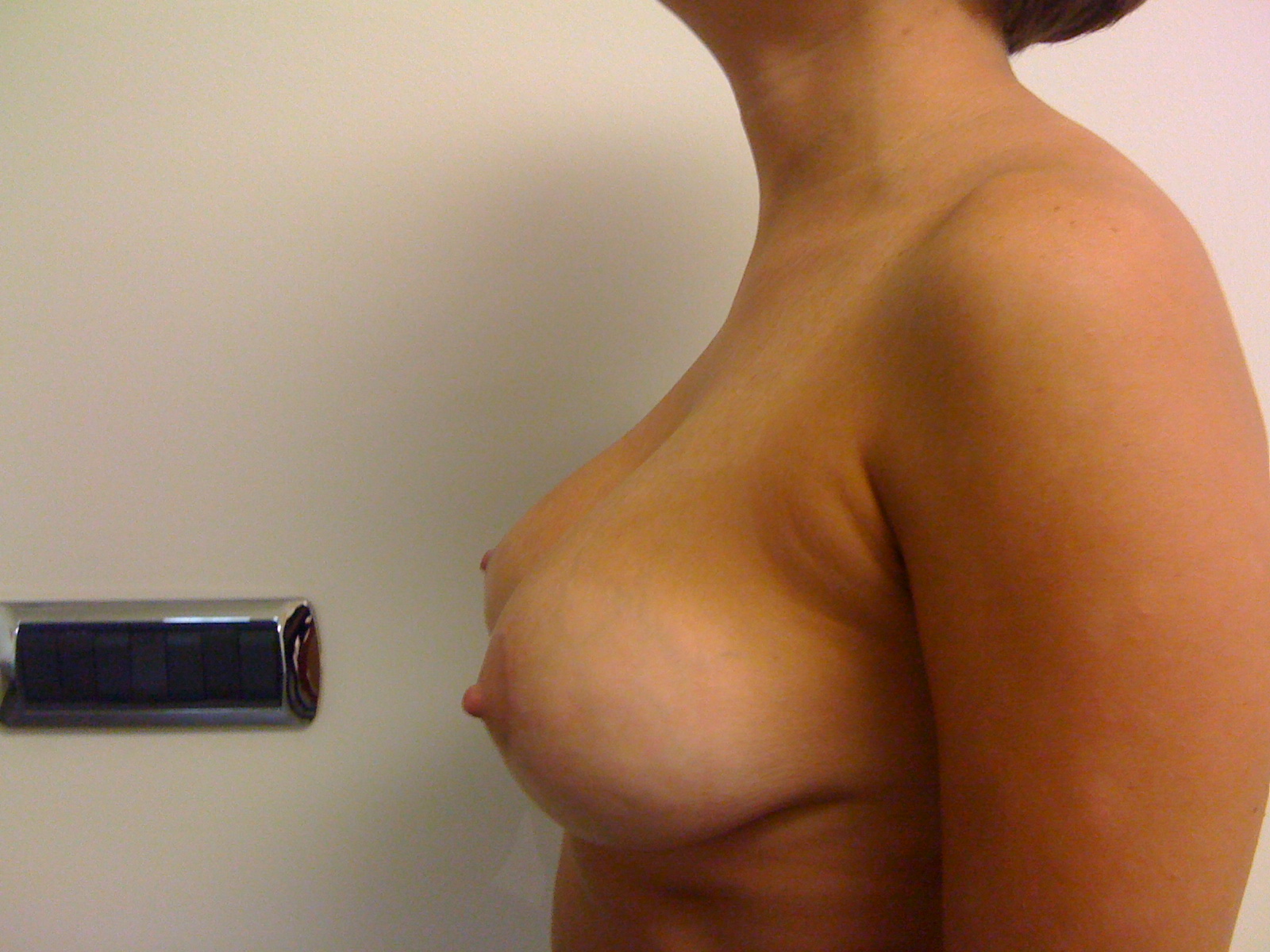ADDITIVE MASTOPLASTY
Additive mastoplasty in an extremely thin patient, without surface fat in the mammary area and pectoral muscle of small thickness. In this case we used a dual plane technique with a low pectoral muscle section and an anatomical prosthesis partially under muscle and remaining below the gland. This allows the masking of the prosthetic edges and an excellent aesthetic result.
DUAL PLANE ADDITIVE MASTOPLASTY
Mastoplasty on a patient with a well-represented subcutaneous tissue as well as the thickness of the pectoral muscle. The choice fell on the dual plane technique with the upper pectoral muscle section (areolar level), and anatomical prosthesis implantation.
ADDITIVE MASTOPLASTY
This case demonstrates the possibility of correcting a slight breast ptosis with the exclusive use of a prosthesis implant avoiding the classic mastopexy scars. The technique used is the dual plane with a high section of the pectoral muscle and expansion of the mammary gland with an anatomical prosthesis implant.
REDUCING MASTOPLASTY
The photo shows an excellent result with the use of personal technique for breast reduction with excellent conicization of the mammary gland that leads to a perfect projection of the nipple-areol complex.
REDUCING MASTOPLASTY
Reduction mammoplasty with a personal technique in patients that required a repositioning of the nipple-areol complex, and a medium reduction in the breast volume. The result is the one desired by the patient with the right projection of the nipple-areol complex, tapering of the remaining gland and projection of the breast.
MASTOPESSES WITH ROUND-BLOCK TECHNIQUE AND PROSTHETIC PLANT
In this patient it was possible to adopt the round-block technique to reposition the nipple-areol complex and introduce an anatomical prosthesis placed completely below the pectoral muscle through the periareolar space. This allowed an increase in volumes, a repositioning of the areola with only a periareolar scar which, as shown in the photo, is practically conspicuous, being at the point of passage of the pigmented areola and the skin around it is lighter.

